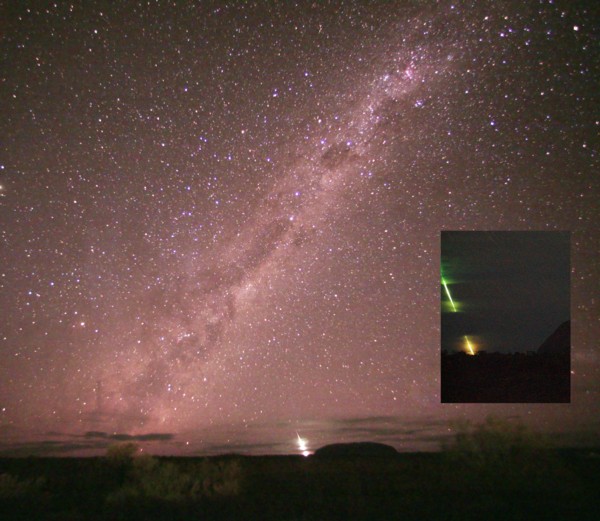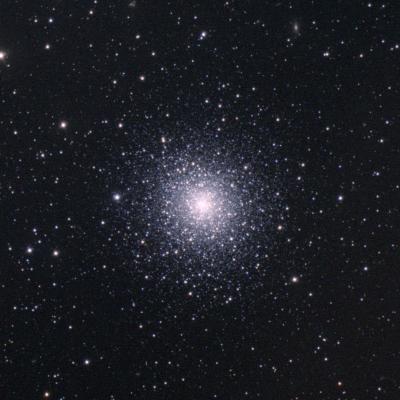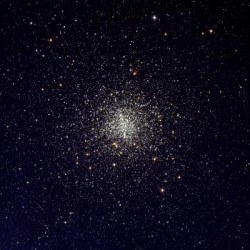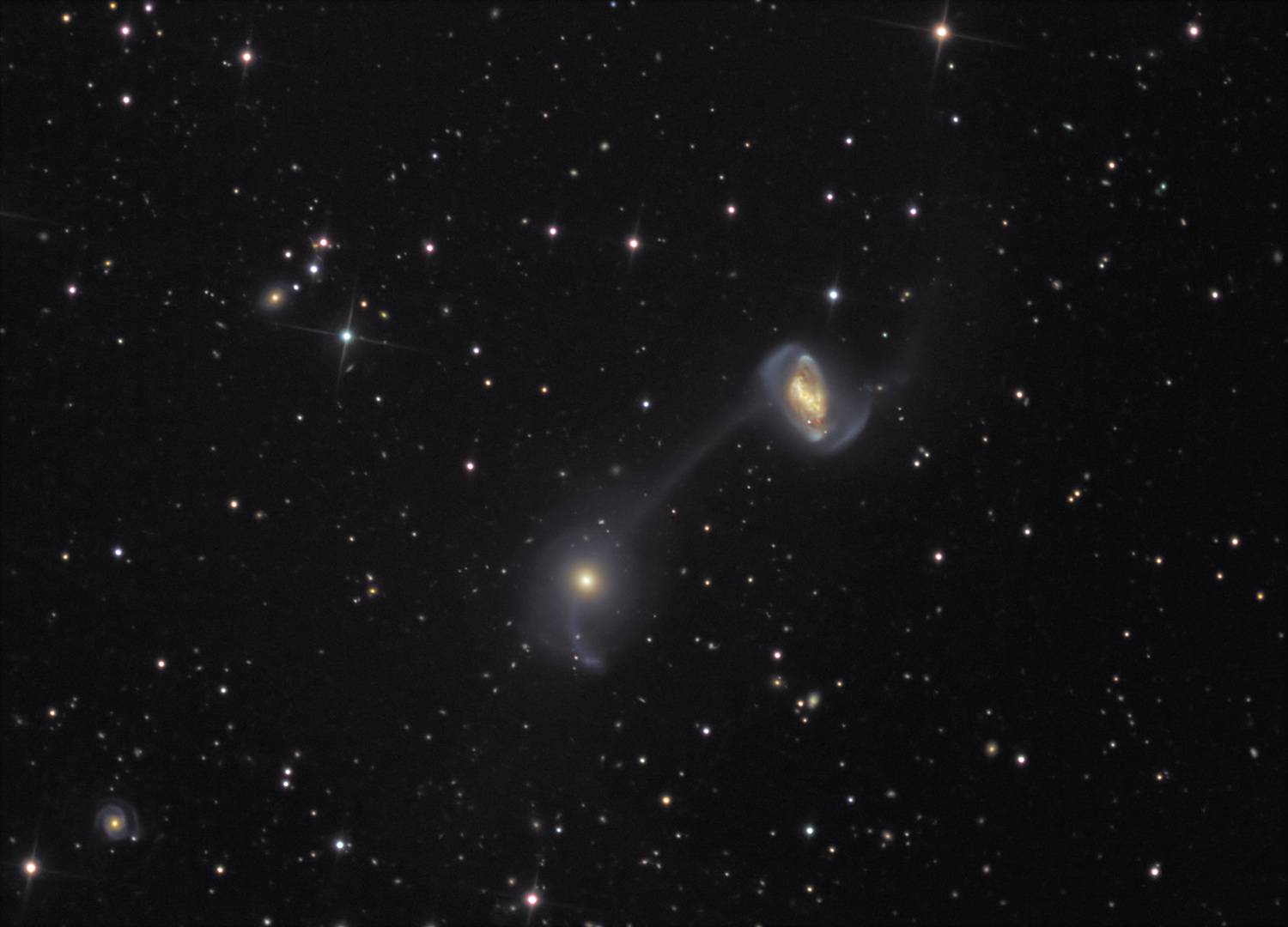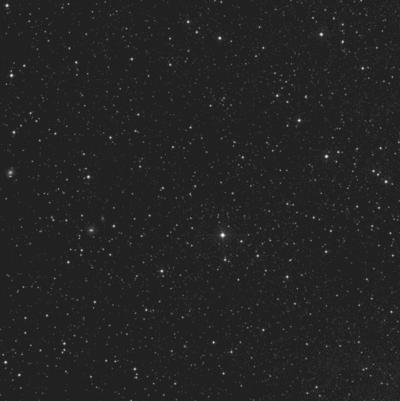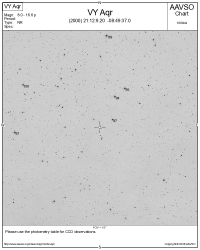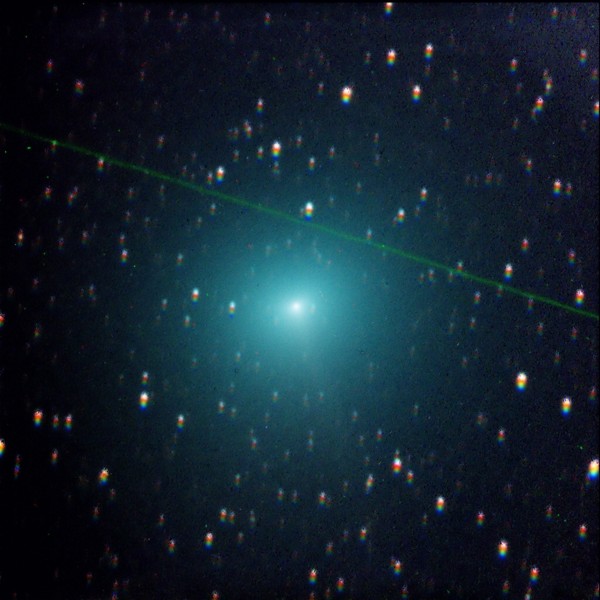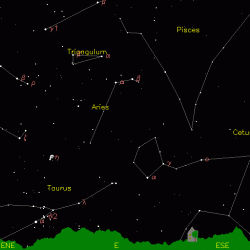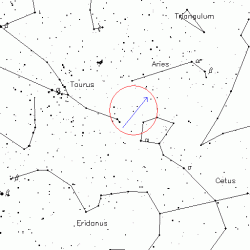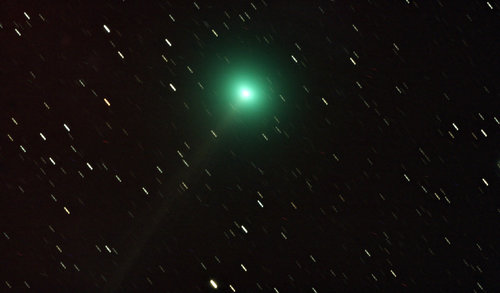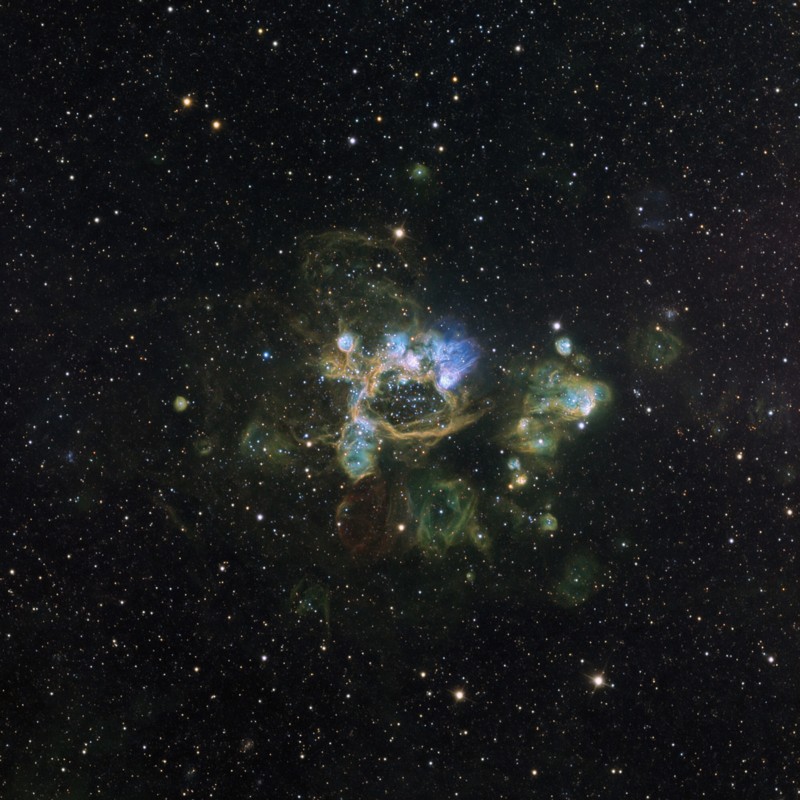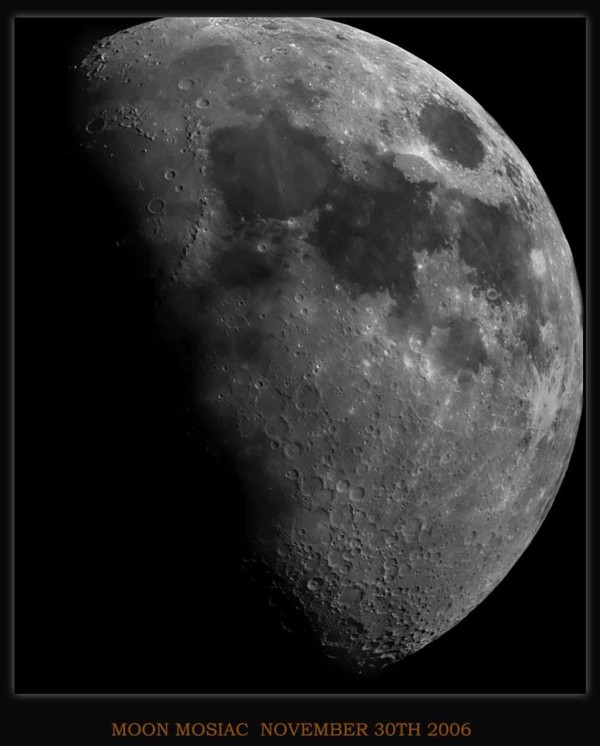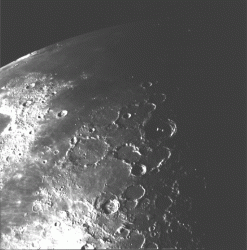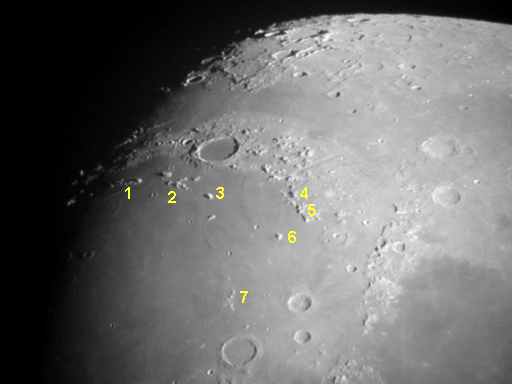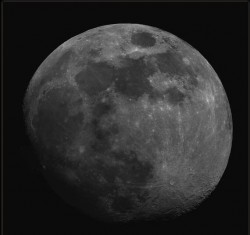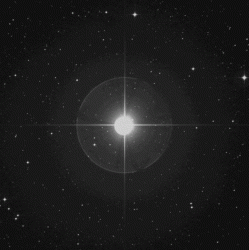[/caption]
“A drop fell on the apple tree, Another on the roof; A half a dozen kissed the eaves, And made the gables laugh. A few went out to help the brook, That went to help the sea. Myself conjectured, Were they pearls, What necklaces could be!” As you drink in the words of Emily Dickinson, get ready for two showers of another type this week: meteor showers.
Beginning this evening, July 27, the Delta Aquarid meteor shower will peak with an average of 25 “shooting stars” per hour for maximum activity with many of them leaving yellowish trails. While there is no specific parent comet for the shower, many believe they are the product of periodic Comet 96P/Machholz 2 – which disintegrated in 1994. Will this cause the activity to be stronger or not? No one really knows for sure. Fall rate activity is always dictated by the precise moment the Earth turns into the meteoroid stream and no specific location or time can ever be precise.
But don’t be discouraged if it’s cloudy tonight. This whole week will be a grand time to watch for meteors as the Capricornid meteor shower peaks on July 29. This time we’re looking at about 15 to 20 meteors per hour, but a shower that also has a reputation for bolides. Who among us doesn’t get a thrill at watching a bright fireball pass overhead!
“Dazzling and clear shooting over our heads, A moment, a moment long it sail’d its balls of unearthly light over our heads, Then departed, dropt in the night, and was gone.”
Numerous astronomers have tried to identify the object responsible for the formation of the Alpha Capricornid stream, but no definitive parent has ever really been chosen because the stream is so broad. It may be Denning-Fujikawa, or it could be Honda-Mrkos-Pajdusakova, but I like to think it might be possible that Apollo asteroid Adonis is the case. Although there is radio evidence to support that, I still find something dreadfully romantic about spending an evening watching for meteors and what more romantic figure than Adonis?
“As I flit through you hastily, soon to fall and be gone, what is this chant, What am I myself but one of your meteors?” Over time, meteor showers have inspired poets and artist alike, just like these words from Walt Whitman. How long has it been since you read a poem, or contemplated the evening sky? With the Moon far gone from the early evening, why not take children or grandchildren out with you? Let them catch fireflies in a jar, like captured meteors to take their fancy. Try the words of May Justus: “One night a little firefly, Was looking at a star, And said – but no one heard him – “I wonder what you are.” Then, eager for adventure, And brave as he could be, He trimmed his little lantern, And flew away to see!”
Even if you don’t take such fanciful notions to viewing a meteor shower, there’s still no harm enjoying a pleasant summer evening outdoors and adding to your scientific studies. For the most part, activity will take place in the south/southeast, so face in that general direction. As always, around midnight is a preferable time to begin – but there could always be early arrivals. Make your evening comfortable by bringing a blanket to lay on, or a reclining chair. Little things like a thermos of lemonade, cookies, insect repellent and binoculars are always welcome. If you live near city lights, why not make it a special event and take a drive to the countryside? And take along the words of Melville: “Of thee we think, in a ring we link; To the shearer of ocean’s fleece we drink, And the Meteor rolling home.”

